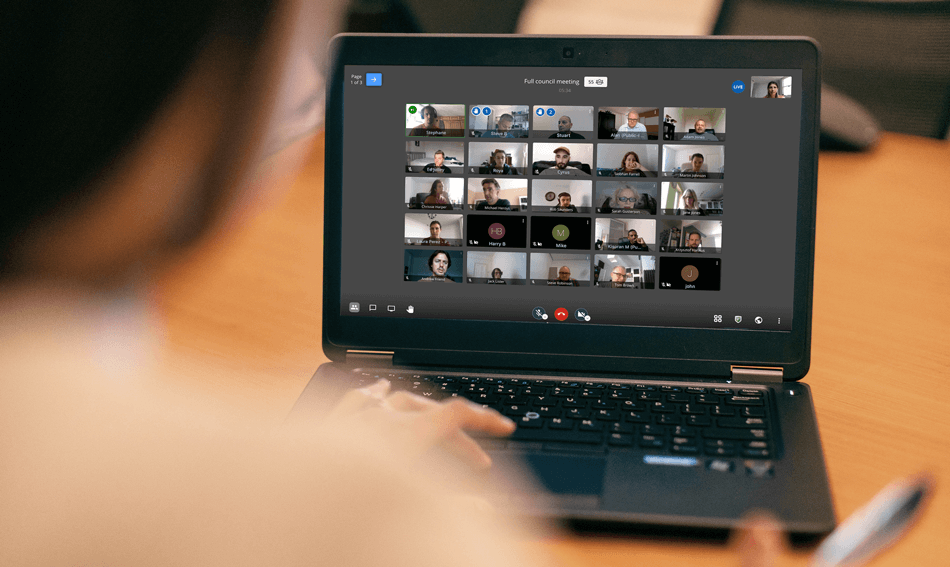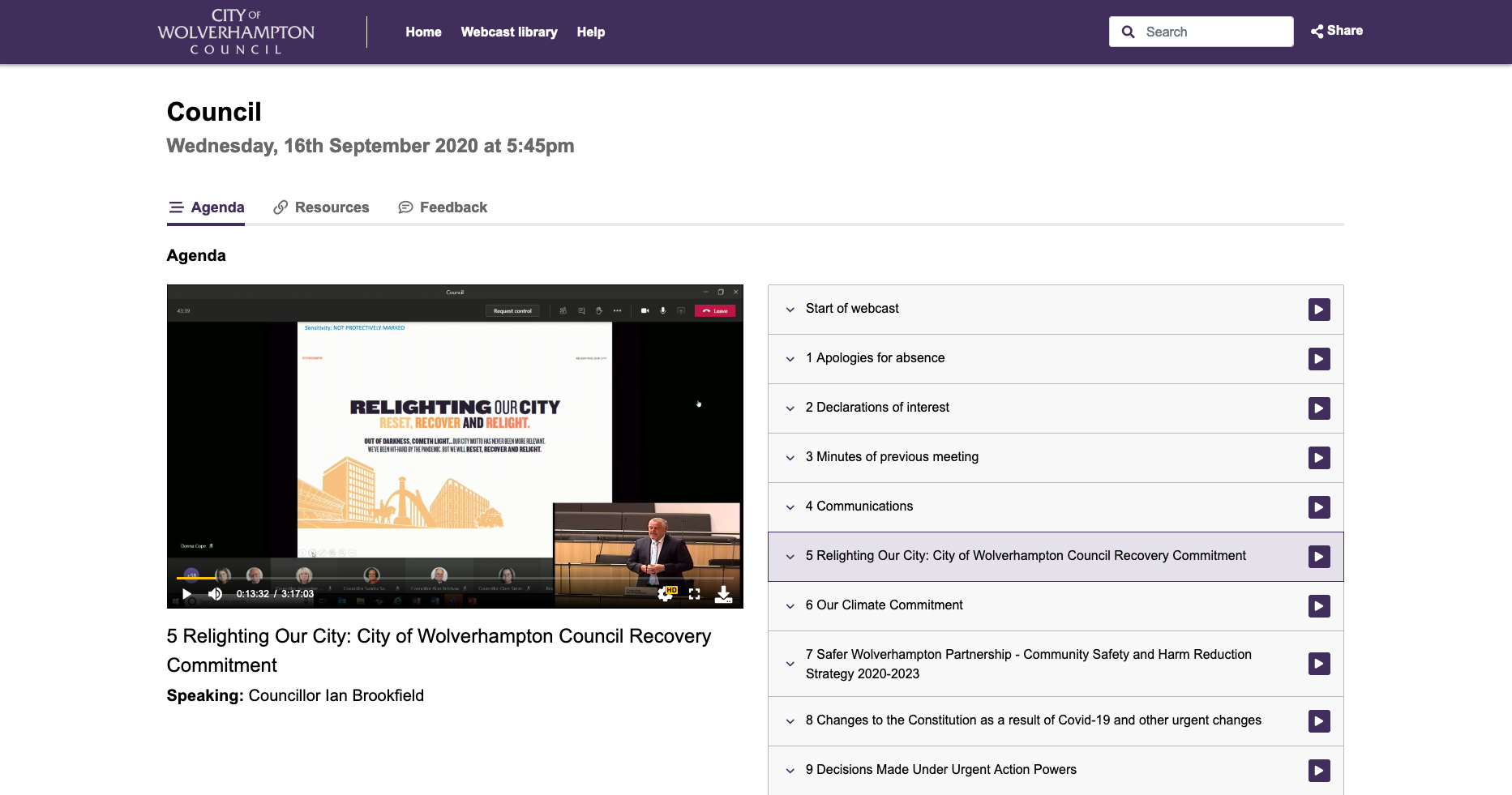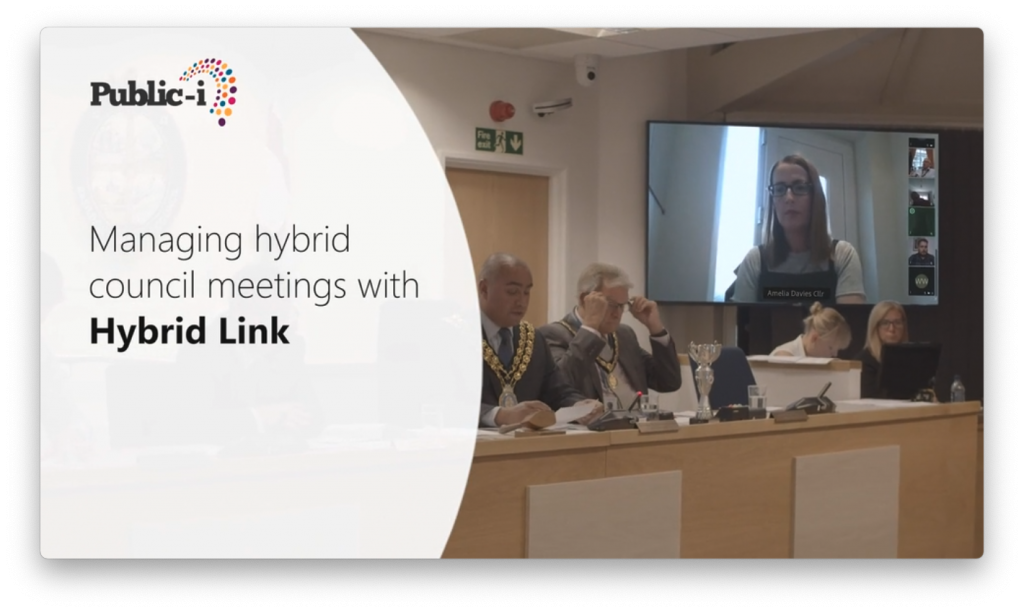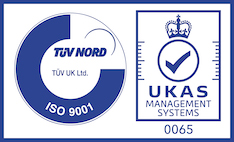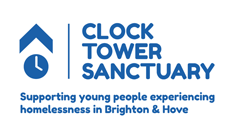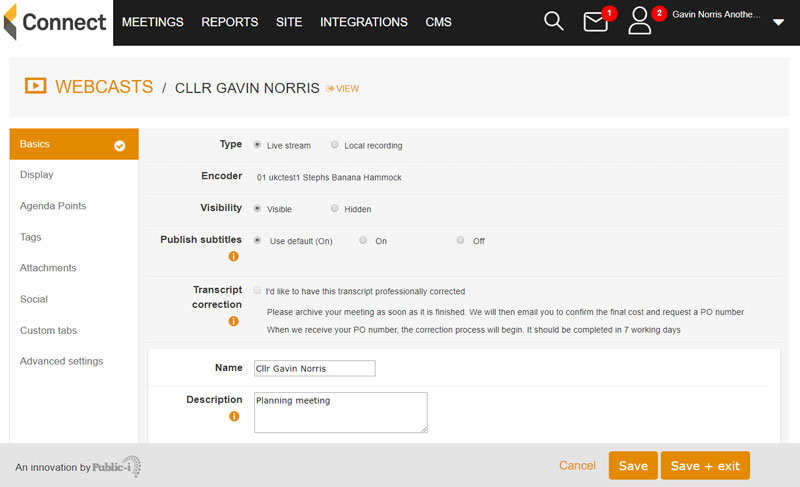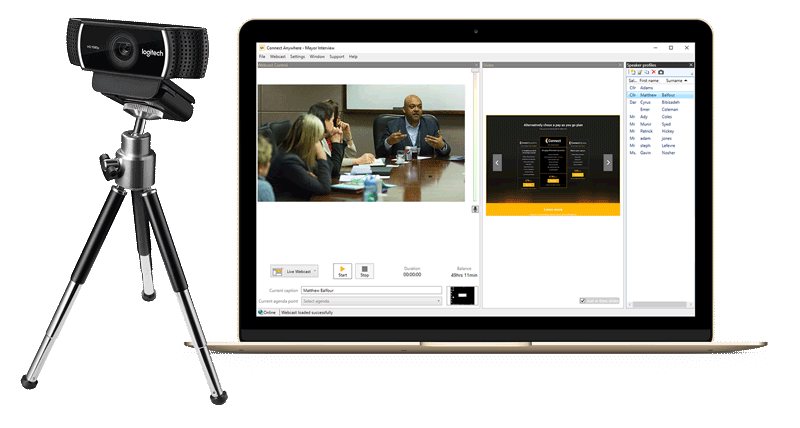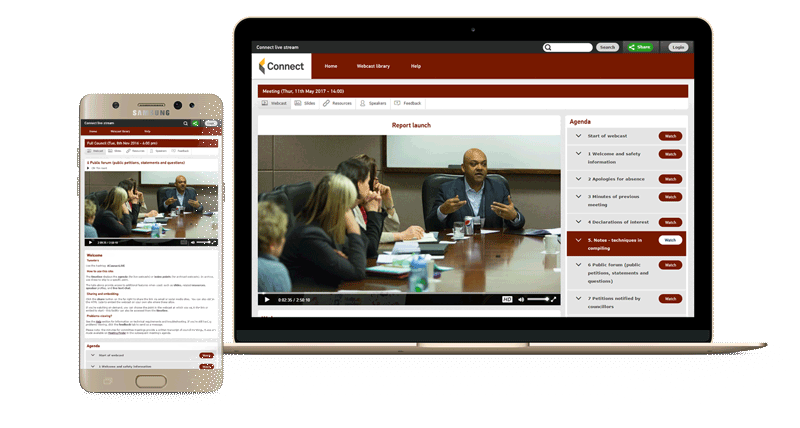Council meetings post-COVID
Like our partners in Councils across the UK, Public-i is awaiting the decision from government about the future of remote council meetings beyond the 7th May 2021 deadline currently dictated by existing Coronavirus legislation.
Unsurprisingly, Public-i advocates very strongly for the continuation of remote council meetings in some form and anticipate that this will be legislated for soon. We are not alone: the Local Government Association and ADSO have lobbied hard for existing legislation to be altered to provide for remote meetings to continue beyond the May deadline. On the 18th March, ADSO along with LLG and Hertfordshire CC issued a claim in the High Court to this effect.
At a recent Public-i user-group, the majority of the Councils in attendance were planning for some degree of remote attendance at future meetings. The feeling among those we spoke to was that this would take the form of hybrid meetings whereby attendees would be both present and remote.
Why do we advocate for continued remote meeting attendance?
There are many positive reasons to continue facilitating remote attendance at meetings. To start with, there is the obvious social distancing benefit to having fewer people in the meeting room. Fewer attendees create fewer journeys, lower emissions and lower travel expenses. Members in large rural areas or those with poor transport links would particularly stand to benefit from the ability to attend virtually.
Large meeting on Connect Remote
The option to attend a meeting remotely could also create a more accessible council, too. Elected office would be more welcoming to people such as parents, full-time workers and people with disabilities who currently find it difficult to attend regular council meetings in person. This could present an interesting opportunity for local government.
Technology is the key.
Hybrid arrangements that enable the chamber participants of a meeting to see and hear the remote participants (and vice versa) are relatively easy to install and have already served as a good stopgap for many of our clients who have been using video conferencing for their lockdown meetings.
However, the problem with using Zoom or Teams to facilitate this kind of meeting is there are two meetings going on at the same time – one in-room and one remote. It is a real headache to moderate or chair these two meetings simultaneously, and it requires considerable resources. In these kinds of meetings, there is a risk of remote attendees missing key information or being less able to participate than their in-room peers. It can also be difficult for viewers to follow a livestream of two meetings happening simultaneously.
One meeting; two types of attendee.
As such, Public-i have developed Hybrid Link. Hybrid Link brings together all participants “into one meeting” so that a single operator can manage participants, speaker queues and votes in one place: exactly like meetings pre-March 2020. All participants can see and hear each other, regardless of where they are. Remote participants are not disadvantaged in any way, as they have the same opportunities to participate as in-room attendees.
HybridLink video “how it works”
We have designed Hybrid Link in conjunction with our customers to produce a solution that enables hybrid meetings to work as well as, or better than meetings pre-COVID. Of course, Hybrid Link meetings can be easily livestreamed by the same operator using Connect Webcasting.

